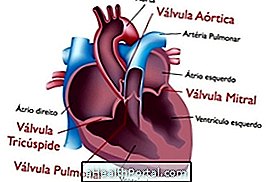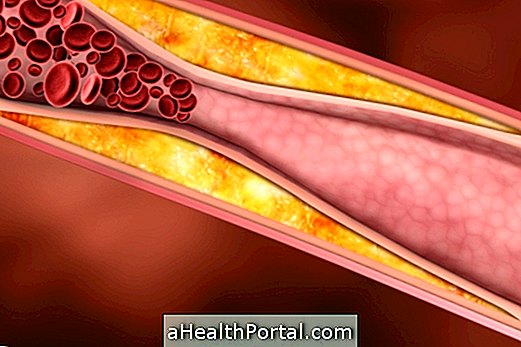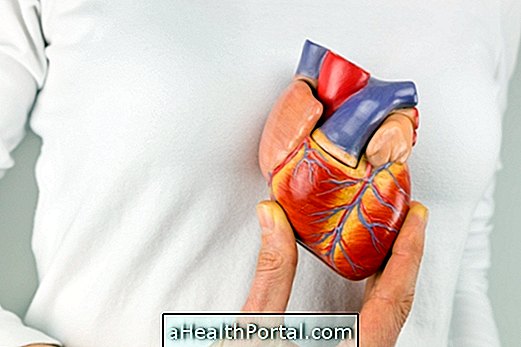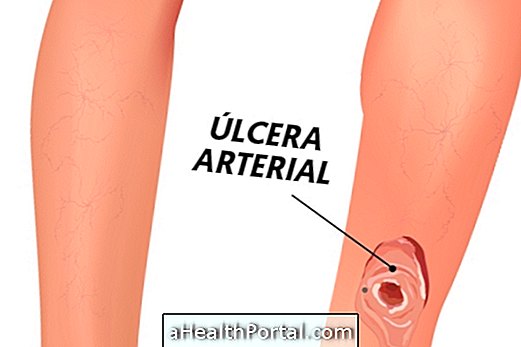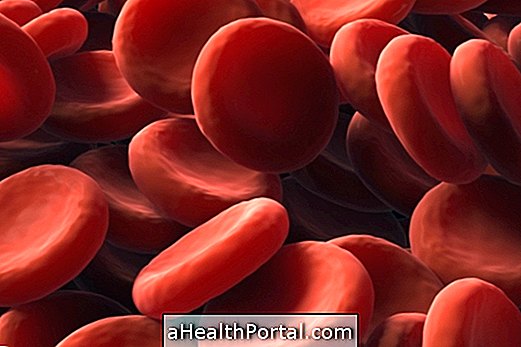Treatment for bacterial endocarditis is done initially with the use of antibiotics that can be given orally or directly into the vein for 4 to 6 weeks, according to medical advice. Usually the treatment for bacterial endocarditis is done in a hospital setting so that the patient is followed up and complications are avoided.
On suspicion of endocarditis, the doctor requests the blood culture, which corresponds to the microbiological examination that intends to identify the microorganism present in the blood and which is the most effective antibiotic for the treatment. In the case of more serious infections and when treatment with medicines is not enough, surgery may be necessary to remove infected tissue and sometimes change the affected heart valve. Understand how the diagnosis of blood infection is made.
Bacterial endocarditis corresponds to inflammation of the valves and tissue lining the heart internally, causing symptoms such as fever, chest pain, shortness of breath and loss of appetite, for example. Learn more about bacterial endocarditis.
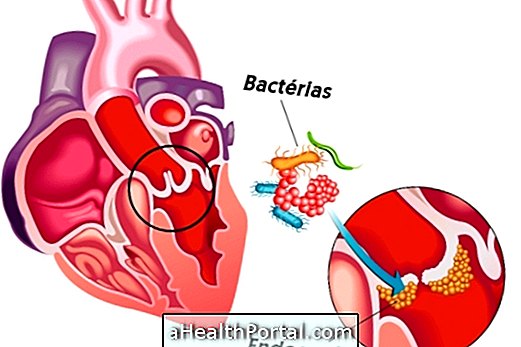
How is the treatment done?
Initial treatment of bacterial endocarditis is done with the use of antibiotics that are indicated by the cardiologist according to the identified microorganism and can be taken orally or administered directly into the vein, depending on the medical orientation. However, when the infection can not be resolved with the use of antibiotics, a surgical procedure may be recommended to replace the affected heart valve and remove infected tissue from the heart.
Depending on the severity of the infection, the doctor may also recommend replacing the damaged valve with an artificial one made of animal tissue or synthetic materials. See how the postoperative period is and recovery after heart surgery.
Signs of improvement
Signs of improvement in bacterial endocarditis occur with initiation of treatment and include decreased fever, cough, chest pain, shortness of breath, vomiting, or nausea.
Signs of worsening
Signs of worsening of bacterial endocarditis arise when treatment is not adequately done or when the patient delays seeking a medical service and includes increased fever, shortness of breath and chest pain, swelling in the feet and hands, lack of appetite and weight loss.
Possible Complications
If endocarditis is not identified and treated rapidly, it can lead to some complications such as heart attack, heart failure, stroke, kidney failure and can lead to death.
